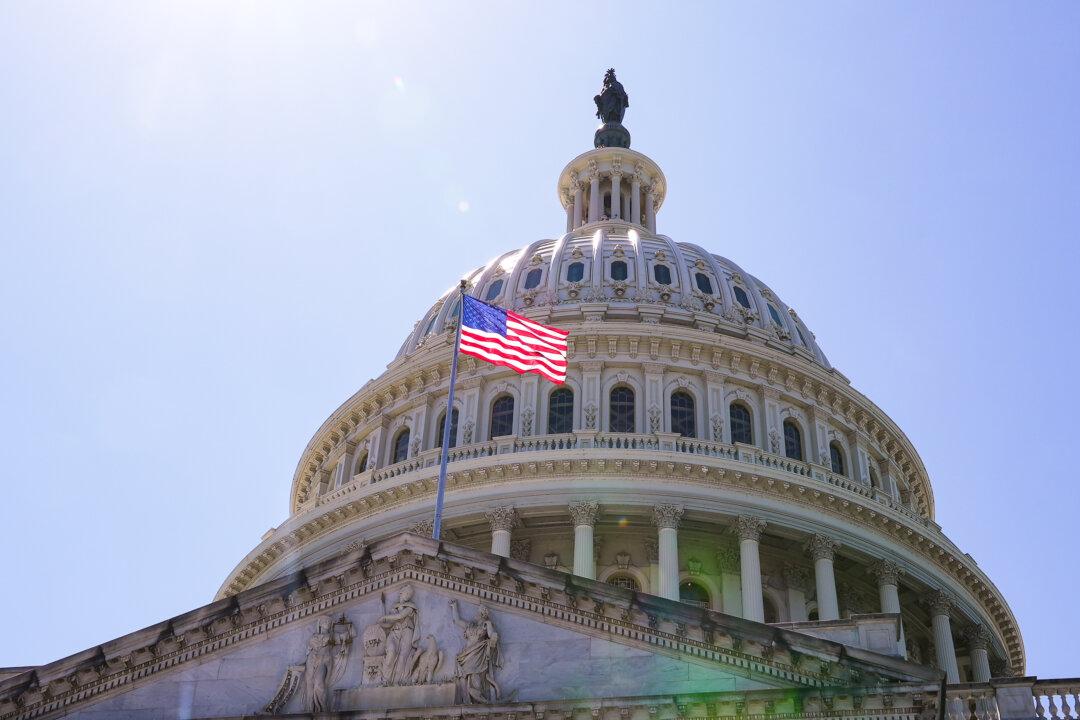The first U.S. doctors to analyze a COVID-19 coronavirus patients’ lungs said they were able to identify patterns in the lungs as indicators of the disease as it progressed over time.
The team received CT scans of 94 patients from China, where the virus is believed to have originated last year. Most of the patients who were admitted in hospitals between Jan. 18 and Feb. 2 had been to the virus’s epicenter in Wuhan or had contact with an infected person.
Doctors noted that in 36 patients who had CT scans zero to two days within reporting symptoms, more than half had no evidence of any lung disease. Another 33 patients who received CT scans three to five days after they showed symptoms had patterns of “ground-glass opacities” that became more round and dense in their lungs, the team said. And in another 25 patients who had CT scans between six and 12 days after they reported symptoms, a “fully involved lung disease” was noted by the doctors.
“Patterns seen in these images are similar to patterns in related coronavirus outbreaks earlier this century, including SARS (severe acute respiratory syndrome) and MERS (Middle East respiratory syndrome),” said the doctors in a press release.

The virus has sickened thousands of people inside China, prompting lockdowns and quarantines in numerous Chinese cities. The outbreak has spread to more than 30 other countries, causing health authorities to scramble to try and find a way to accurately diagnose patients quickly.
“Chest CT is a vital component in the diagnostic algorithm for patients with suspected infection, particularly given the limited availability and in some cases reliability of test kits,” said lead author Dr. Adam Bernheim in the statement.
The doctors noted that COVID-19 patients might have nonspecific symptoms that may prove difficult to diagnose, while adding that X-rays don’t reveal lung disease as well as a CT scan does. If lung scans for patients with symptoms are inconclusive, the doctors recommended that the patient be held in isolation for several days until medical officials can confirm a diagnosis.
“Recognizing imaging patterns based on infection time course is paramount for not only understanding the disease process and natural history of COVID-19, but also for helping to predict patient progression and potential complication development,” Bernheim added.
Dr. Zahi Fayad, the chief of the biomedical and imaging and engineering institute at the Ichan School of Medicine at Mount Sinai, said the new findings will help with the care for COVID-19 patients.





